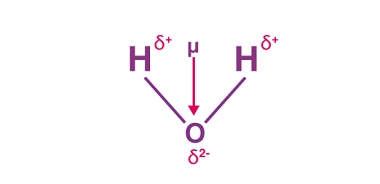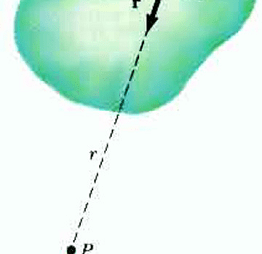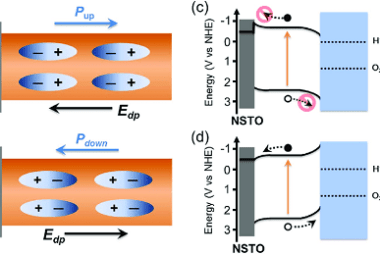Integrated Course AIIMS-SYLLABUS Physics syllabus Electrical Resistivity
Electrical Resistivity Electrical resistivity, also known as specific electrical resistance, is a fundamental property of a material that quantifies its ability to resist the flow of electric current. It is denoted by the symbol ρ (rho) and is measured in ohm-meters (Ω·m). Resistivity is a material-specific property that helps characterize the behavior of a substance…









